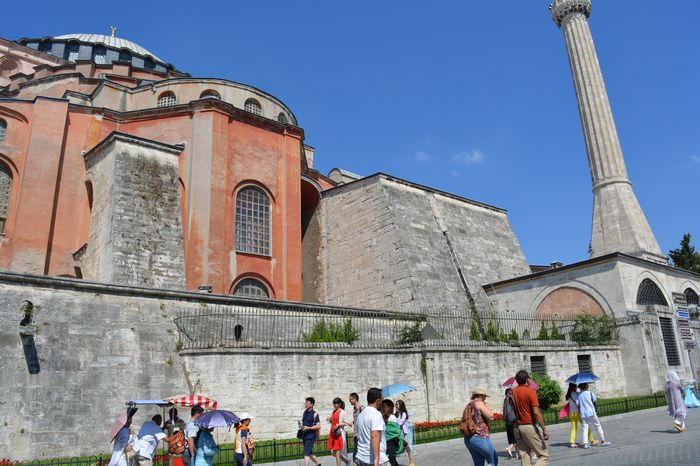After the Roman Empire took over, the name Pontus was often used by itself to describe the eastern part of the Roman province called Bithynia and Pontus. This way of speaking was especially common among Romans and in the New Testament of the Bible.
The eastern half of the old Kingdom of Pontus was ruled as a client kingdom (a smaller kingdom that worked under the Roman Empire) along with the nearby region of Colchis. The last king of this client kingdom was Polemon II The Rise of Pontus.
Pliny the Younger and Early Christians
Pliny the Younger was a Roman governor of Bithynia and Pontus around AD 112. He wrote a famous letter to the Roman Emperor Trajan asking for advice on how to deal with Christians in his region.
The Problem of the Christians
In his letter (Letter X.96), Pliny said that he received anonymous accusations against people suspected of being Christians. He didn’t know exactly what crime they had committed—just that they were part of this new religion. He guessed their crime might be that they refused to worship Roman gods, which made them seem disloyal to Rome.
Pliny’s Method
Pliny gave the accused people three chances to say they were not Christians. If they refused all three times, he had them executed. He found that their practices were harmless, such as singing hymns to Christ, meeting before dawn, and sharing meals. But he still called their religion a superstition and worried that it was spreading too fast Private Tour Bulgaria.
Trajan’s Response
Emperor Trajan replied to Pliny’s letter and said that:
Christians should not be hunted down, but
If someone was accused and found guilty, they could be punished.
This showed that at the time, there was no empire-wide order to persecute Christians. Most persecution happened locally, like under Emperor Nero in Rome or when Emperor Claudius expelled Jews and Christians from the city.
Why This Letter Matters
Pliny’s letter is very important because it’s the first known Roman document that talks about Christianity from a non-Christian point of view. It shows how early Christians lived, what they believed, and how the Roman government viewed them. It also gives insight into how governors and emperors worked together on difficult issues.







